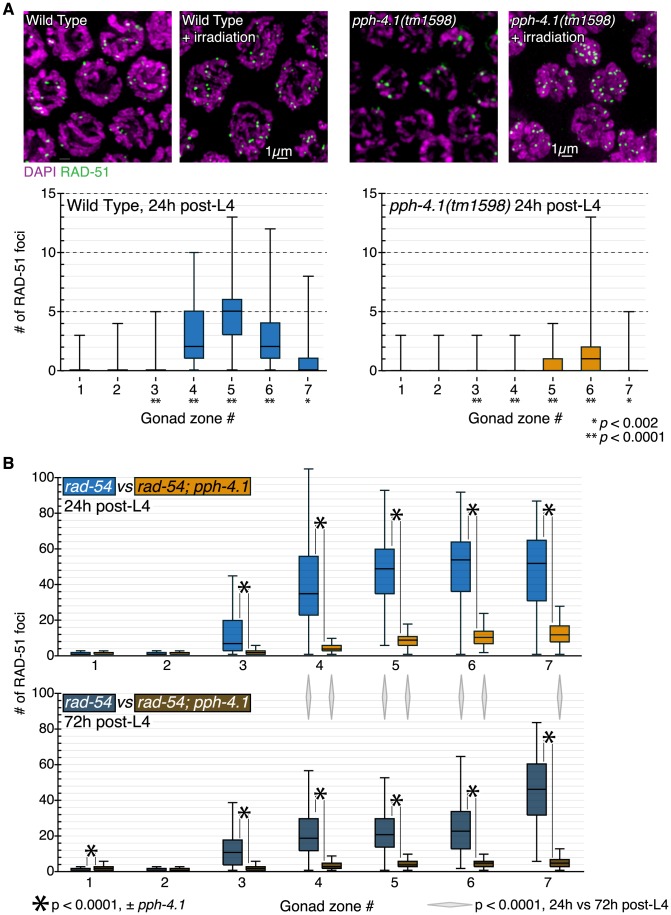Figure 5. DSB initiation is perturbed in an age-dependent manner in pph-4.1 mutants.
(A) Wild-type and pph-4.1 nuclei shown with DAPI staining in magenta and α-RAD-51 staining in green. Top, γ-irradiation at 10Gy restores RAD-51 staining to pph-4.1 nuclei. Bottom, quantitation of RAD-51 focus formation in wild-type and mutant animals. RAD-51 focus numbers are depicted as a box plot, with box indicating mean and quartiles. Significance was assessed via the Mann-Whitney test. Three gonads were scored for each condition; the numbers of nuclei scored in zones 1–7 are as follows: for wild-type, 316, 312, 256, 252, 231, 198, 120; for pph-4.1, 231, 244, 237, 245, 231, 205, 136. (B) Quantitation of RAD-51 foci with increasing maternal age. Numbers of foci in each of 7 zones are depicted with box plots as in (A). Top, focus numbers compared between rad-54 and rad-54; pph-4.1 animals at 24 h post-L4. Bottom, comparison at 72 h post-L4. Asterisks indicate significant differences due to loss of pph-4.1; diamonds between top and bottom graphs show significance due to age; comparisons were performed via the Mann-Whitney test. Three gonads were scored for each condition; the numbers of nuclei scored in zones 1–7 are as follows: for rad-54 24 h, 252, 313, 443, 397, 311, 236, 111; for rad-54 72 h, 237, 321, 397, 467, 395, 268, 64; for rad-54; pph-4.1 24 h, 288, 288, 306, 359, 300, 232, 70; for rad-54; pph-4.1 72 h, 255, 230, 262, 251, 229, 218, 118.

